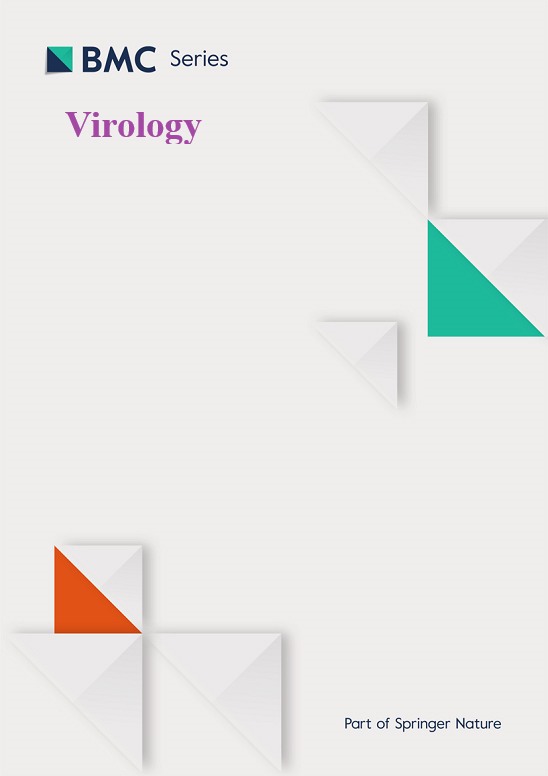Epidemiology and genotypic diversity of duck hepatitis B virus identified from waterfowl in partial areas of Guangdong province, Southern China
IF 2.8
3区 医学
Q3 VIROLOGY
引用次数: 0
Abstract
Duck Hepatitis B virus (DHBV) infection model is extensively utilized as an animal model for studying human hepatitis B virus infection and for comparative research. 557 liver samples from geese and ducks were collected in parts of Guangdong province, southern China. The overall prevalence of DHBV was 45.6% (254/557) in all samples. And the 27 complete genome sequences of DHBV strains in this study share 89.6%–100% genome-wide pairwise identity with previously identified DHBV genomes. Notably, DHBV-1, DHBV-2 and DHBV-3 of were found co-circulating among the waterfowl population in parts of Guangdong. More importantly, seven out of the 16 recombination events were determined involved DHBV sequences obtained in this study as major parent and minor parent, suggesting DHBV strains from Guangdong province play an important role in recombination events. Additionally, purifying selection was the dominant evolutionary pressure acting on the genomes of DHBV.
广东省部分地区水禽中鸭乙肝病毒的流行病学及基因型多样性
鸭乙型肝炎病毒(DHBV)感染模型作为研究人类乙型肝炎病毒感染和比较研究的动物模型被广泛使用。在中国南部广东省部分地区收集了557份鹅和鸭的肝脏样本。所有样本DHBV的总患病率为45.6%(254/557)。本研究的27株DHBV全基因组序列与先前鉴定的DHBV基因组具有89.6% ~ 100%的全基因组双同源性。值得注意的是,在广东部分地区发现了DHBV-1、DHBV-2和DHBV-3在水禽种群中共同传播。更重要的是,在16个重组事件中,有7个被确定为本研究获得的DHBV序列的主亲本和次亲本,这表明来自广东省的DHBV菌株在重组事件中发挥了重要作用。此外,纯化选择是作用于DHBV基因组的主要进化压力。
本文章由计算机程序翻译,如有差异,请以英文原文为准。
求助全文
约1分钟内获得全文
求助全文
来源期刊

Virology
医学-病毒学
CiteScore
6.00
自引率
0.00%
发文量
157
审稿时长
50 days
期刊介绍:
Launched in 1955, Virology is a broad and inclusive journal that welcomes submissions on all aspects of virology including plant, animal, microbial and human viruses. The journal publishes basic research as well as pre-clinical and clinical studies of vaccines, anti-viral drugs and their development, anti-viral therapies, and computational studies of virus infections. Any submission that is of broad interest to the community of virologists/vaccinologists and reporting scientifically accurate and valuable research will be considered for publication, including negative findings and multidisciplinary work.Virology is open to reviews, research manuscripts, short communication, registered reports as well as follow-up manuscripts.
 求助内容:
求助内容: 应助结果提醒方式:
应助结果提醒方式:


